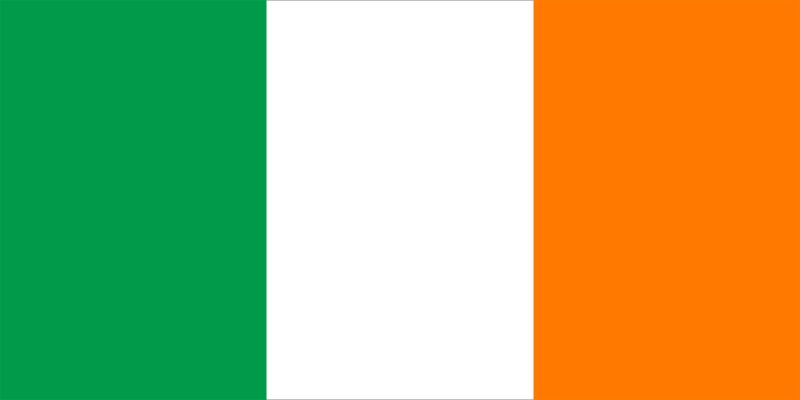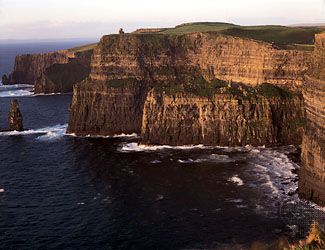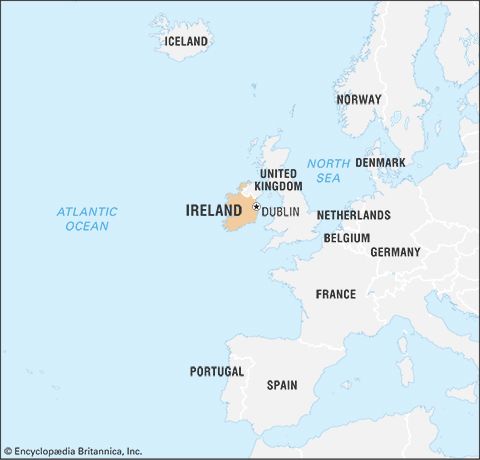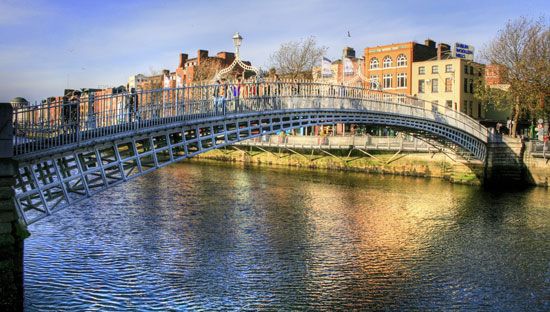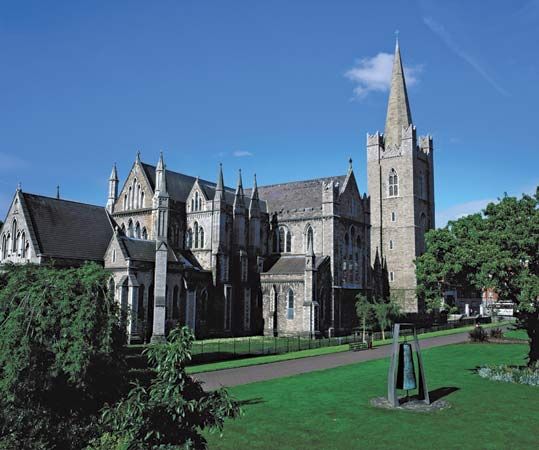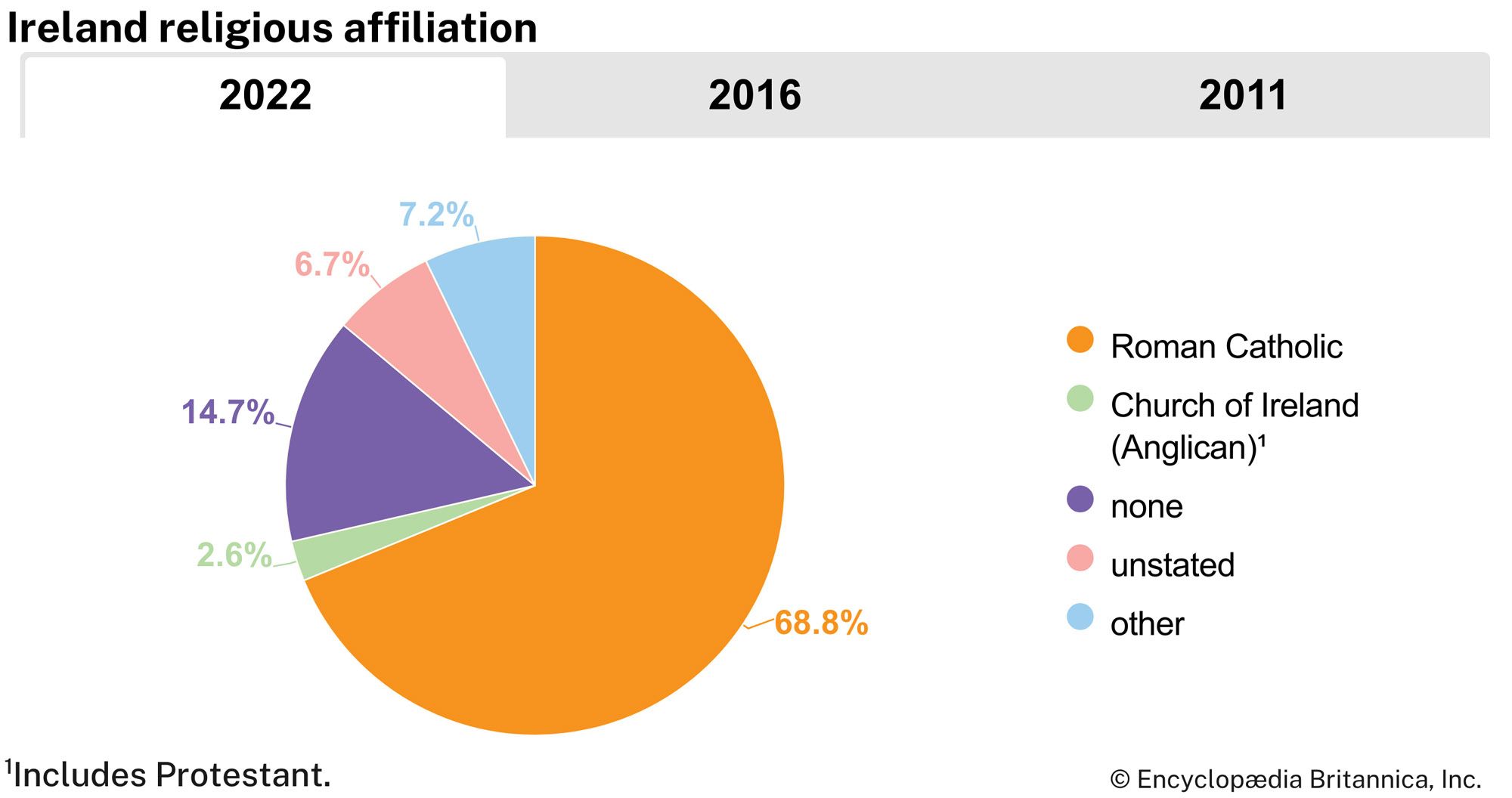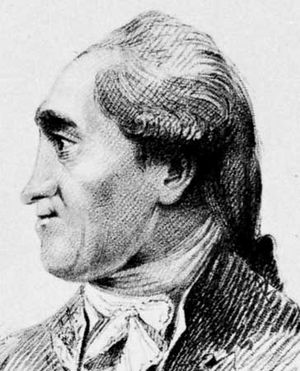The Restoration period and the Jacobite war
Our editors will review what you’ve submitted and determine whether to revise the article.
News •
Most significant of the events of the Restoration was the second Act of Settlement (1662), which enabled Protestants loyal to the crown to recover their estates. The Act of Explanation (1665) obliged the Cromwellian settlers to surrender one-third of their grants and thus provided a reserve of land from which Roman Catholics were partially compensated for losses under the Commonwealth. This satisfied neither group. Catholics were prevented from residing in towns, and local power, in both borough and county, became appropriated to the Protestant interest. But Protestantism itself became permanently split; as in England, the Presbyterians refused to conform to Episcopalian order and practice and, in association with the Presbyterians of Scotland, organized as a separate church.
Under James II, antagonism to the king’s Roman Catholicism triggered a reversal of the tendencies of the preceding reign. After his flight from England to France in 1688, James crossed to Ireland, where in Parliament the Acts of Settlement and Explanation were repealed and provision was made for the restoration of expropriated Catholics. When William III landed in Ireland to oppose James, the country divided denominationally, but the real issue was land, not religion. After his defeat at the Battle of the Boyne in 1690, James fled to France, but his Catholic supporters continued in arms until defeated at Aughrim and obliged to surrender in 1691 at Limerick. However, James’s supporters secured either the right to go overseas or, if they accepted William’s regime, immunity from discriminatory laws. But civil articles to secure toleration for the Catholics were not ratified, and later Irish leaders were thus enabled to denounce the “broken treaty” of Limerick. Immediately after Limerick, the Protestant position was secured by acts of the English Parliament declaring illegal the acts of King James’s Parliament in Ireland and restricting to Protestants membership of future Irish Parliaments. The sale of the lands forfeited by James and some of his supporters further reduced the Catholic landownership in the country; by 1703 it was less than 15 percent. On this foundation was established the Protestant Ascendancy.
The 18th century
The Protestant Ascendancy was a supremacy of that proportion of the population, about one-tenth, that belonged to the established Protestant Episcopalian church. They celebrated their position as a ruling class by annual recollections of their victories over their hated popish enemies, especially at the Battle of the Boyne, which has been commemorated on July 12 with parades by the Orange Order from the 1790s until today.
Not only the Catholic majority but also the Presbyterians and other Nonconformists, whose combined numbers exceeded those of the established church, were excluded from full political rights, notably by the Test Act of 1704, which made tenure of office dependent on willingness to receive communion according to the Protestant Episcopalian (Church of Ireland) rite. Because of their banishment from public life, the history of the Roman Catholic Irish in the 18th century is concerned almost exclusively with the activities of exiled soldiers and priests, many of whom distinguished themselves in the service of continental monarchs. Details of the lives of the unrecorded Roman Catholic majority in rural Ireland can be glimpsed only from ephemeral literature in English and from Gaelic poetry.
The Protestant Ascendancy of 18th-century Ireland began in subordination to that of England but ended in asserting its independence. In the 1690s commercial jealousy impelled the Irish Parliament to destroy the Irish woolen export trade, and in 1720 the Declaratory Act affirmed the right of the British Parliament to legislate for Ireland and transferred to the British House of Lords the powers of a supreme court in Irish law cases. By the end of the first quarter of the 18th century, resentment at this subordination had grown sufficiently to enable the celebrated writer Jonathan Swift to whip up a storm of protest in a series of pamphlets over the affair of “Wood’s halfpence.” William Wood, an English manufacturer, had been authorized to mint coins for Ireland; the outcry against this alleged exploitation by the arbitrary creation of a monopoly became so violent that it could be terminated only by withdrawing the concession from Wood.
Nevertheless, it was another 30 years before a similar protest occurred. In 1751 a group was organized to defeat government resolutions in the Irish Parliament appropriating a financial surplus as the English administrators rather than the Irish legislators saw fit. Although in 1768 the Irish Parliament was made more sensitive to public opinion by a provision for fresh elections every eight years instead of merely at the beginning of a new reign, it remained sufficiently controlled by the government to pass sympathetic resolutions on the revolt of the American colonies.
The American Revolution greatly influenced Irish politics, not least because it removed government troops from Ireland. Protestant Irish volunteer corps, spontaneously formed to defend the country against possible French attack, exerted pressure for reform. A patriotic opposition led by Henry Flood and Henry Grattan began an agitation that led in 1782 to the repeal of the Declaratory Act of 1720 and to an amendment of Poynings’s Law that gave the right of legislative initiative to the Irish Parliament (which under the law was subject to the control of the English king and council). Many of the disadvantages suffered by Roman Catholics in Ireland were abolished, and in 1793 the British government, seeking to win Catholic loyalty on the outbreak of war against revolutionary France, gave them the franchise and admission to most civil offices. The government further attempted to conciliate Catholic opinion in 1795 by founding the seminary of Maynooth to provide education for the Catholic clergy. But the Protestant Ascendancy resisted efforts to make the Irish Parliament more representative.
The outbreak of the French Revolution had effected a temporary alliance between an intellectual elite among the Presbyterians and leading middle-class Catholics; these groups, under the inspiration of Wolfe Tone, founded in 1791 a radical political club, the Society of United Irishmen, with branches in Belfast and Dublin. After the outbreak of war with revolutionary France, the United Irishmen were suppressed. Reinforced by agrarian malcontents, they regrouped as a secret oath-bound society intent on insurrection. Wolfe Tone sought military support from France, but a series of French naval expeditions to Ireland between 1796 and 1798 were aborted. The United Irishmen were preparing for rebellion, which broke out in May 1798 but was widespread only in Ulster and in Wexford in the southeast, where, despite the nonsectarian ideals of its leaders, it assumed a nakedly sectarian form resulting in the slaughter of many Protestants. Although the rebellion failed and was savagely suppressed, the threat to British security posed by the alliance between their French enemies and the Irish rebels prompted the British government to tighten its grip on Ireland. The prime minister, William Pitt the Younger, accordingly planned and carried through an amalgamation of the British and Irish parliaments, merging the two kingdoms into the United Kingdom of Great Britain and Ireland. Despite substantial opposition in the Irish Parliament to its dissolution, the measure passed into law, taking effect on January 1, 1801. To Grattan and his supporters the union of Ireland and Great Britain seemed the end of the Irish nation; the last protest of the United Irishmen was made in Robert Emmet’s futile uprising in Dublin in 1803.

